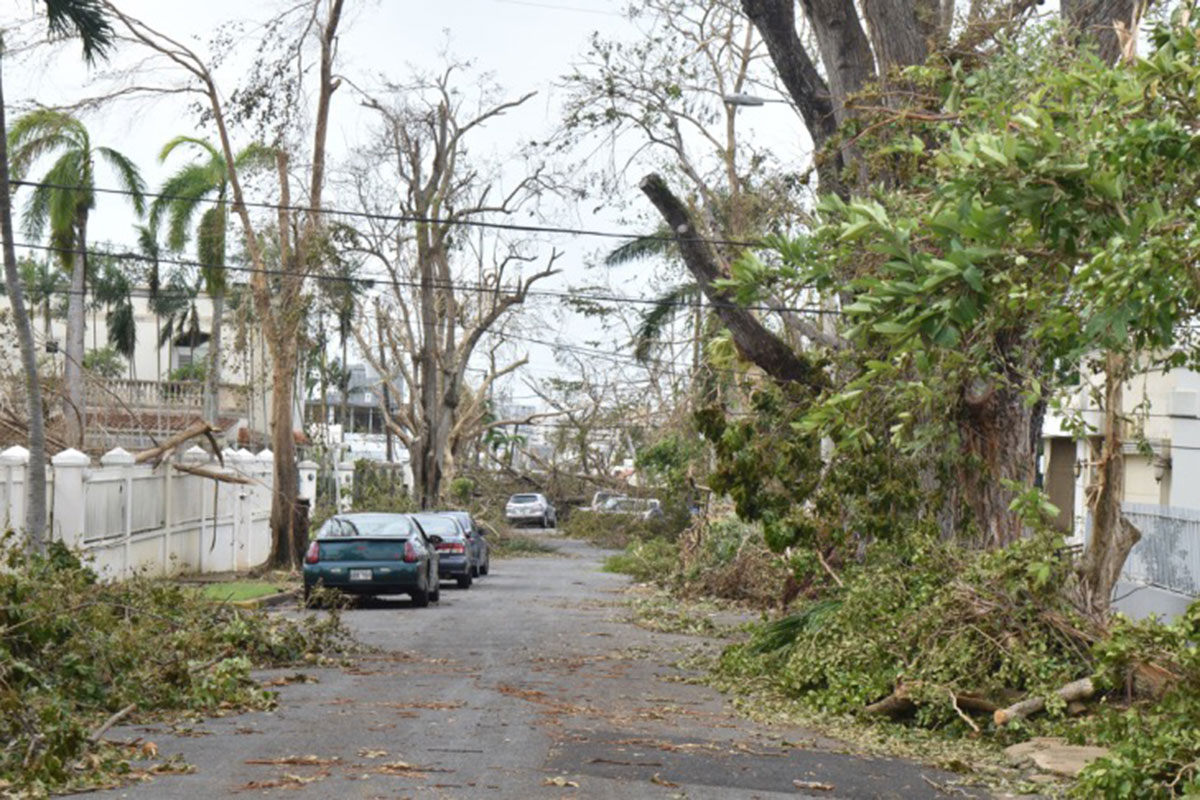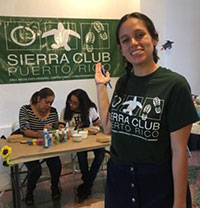
My name is Adriana Gonzalez. I started with the Sierra Club in Puerto Rico when I was 14. I was a leader with the Sierra Student Coalition. Ten years later I became staff for the Sierra Club and Puerto Rico. Today I want to tell you about our work in Puerto Rico and what we did when Hurricanes Irma and Maria hit our island in the space of ten days. Our chapter turns 14 in 2019 and our thousands of members throughout the island are fighting to protect our coastal lands, rebuild a renewable, sustainable electric grid, and build a zero-waste Island of Enchantment, campaigns that take special meaning after the unforgettable climate disaster we faced.
That journey started for me when I woke up the day after the hurricane. The first thing I had to confront was what seemed to be endless debris on my street. The only way out was by foot, and though I wanted to know what was going on elsewhere, my first need was to work with my neighbors to address what we were facing on our doorstep. Our volunteer leaders were in the same situation. They had to first address their personal and family needs and the scale of our own situations was an overwhelming window into what our whole Island might be facing.
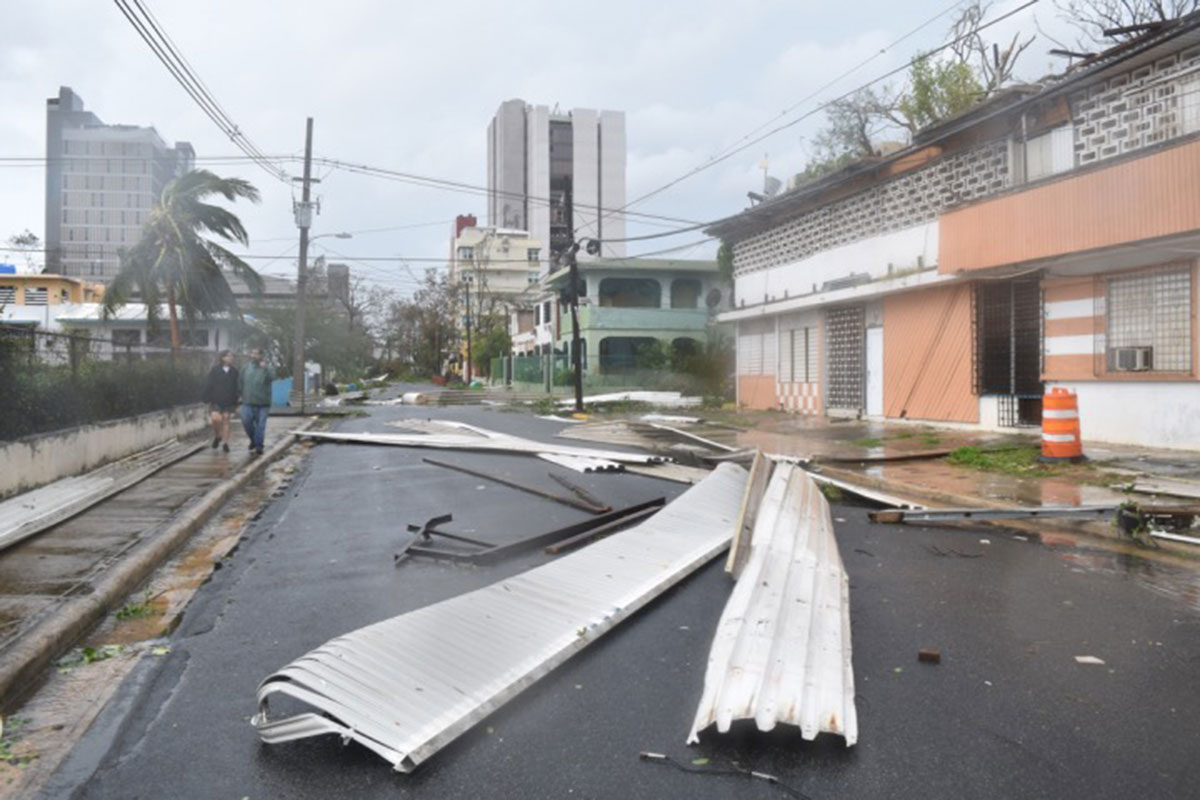
Our island experienced the longest blackout in the history of the U.S. and ongoing outages are still happening.
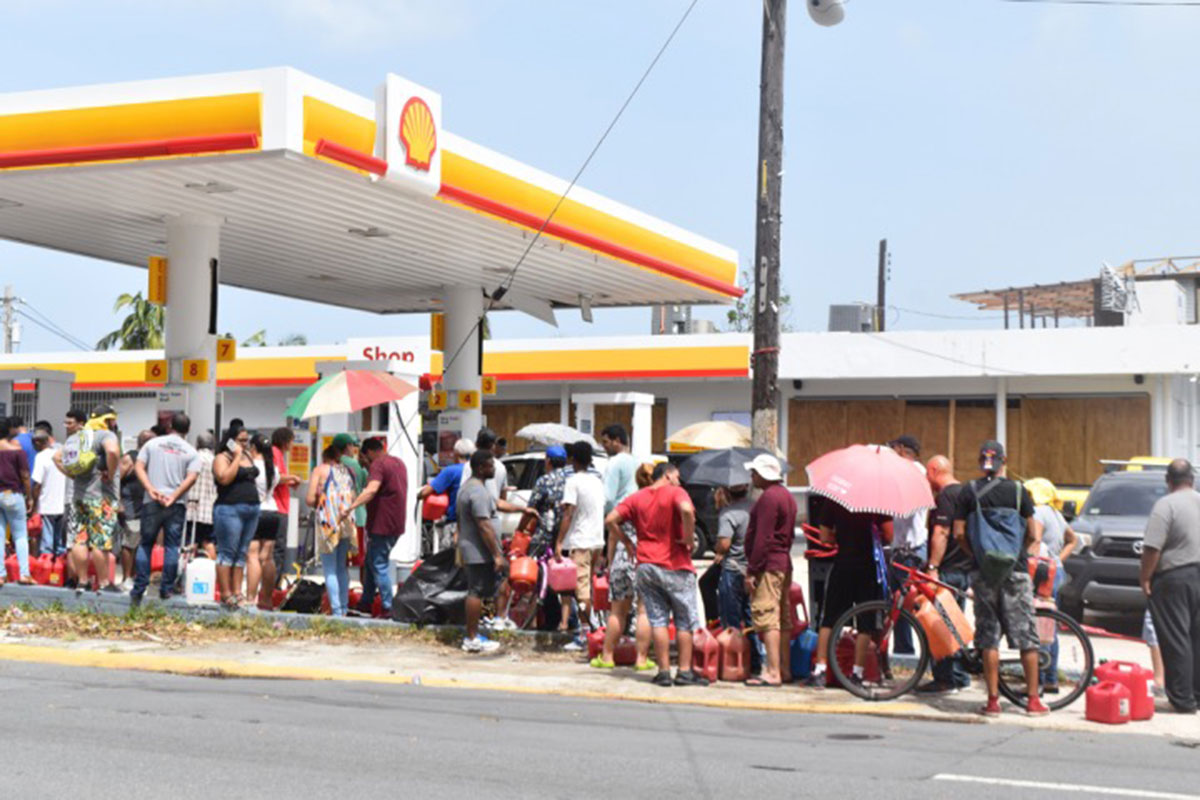
Massive gasoline shortages where a major obstacle to emergency response. Estimated hurricane related deaths range from 3,000 to 5,000.
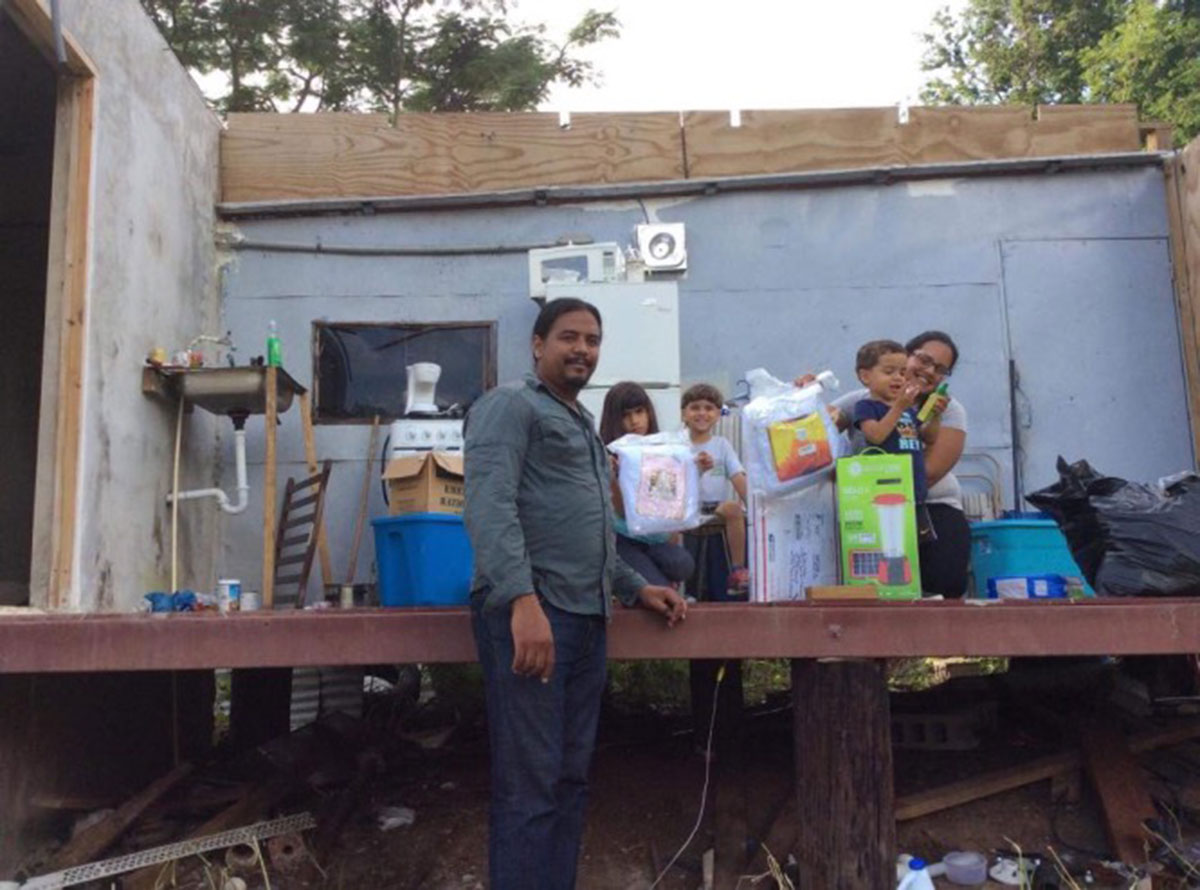
Community meals -- Once we were able to dig out of our homes and streets, one of our first responses after the hurricane was to distribute warm meals in communities we could reach. In the Rio Grande area, we distributed warm meals to 20 families for two weeks. In partnership with Tierra Valiente farms we distributed meals to over 40 people in the Utuado area. We also purchased groceries for 25 families in the San Anton area of Trujillo Alto in partnership with Hacer Cambio.
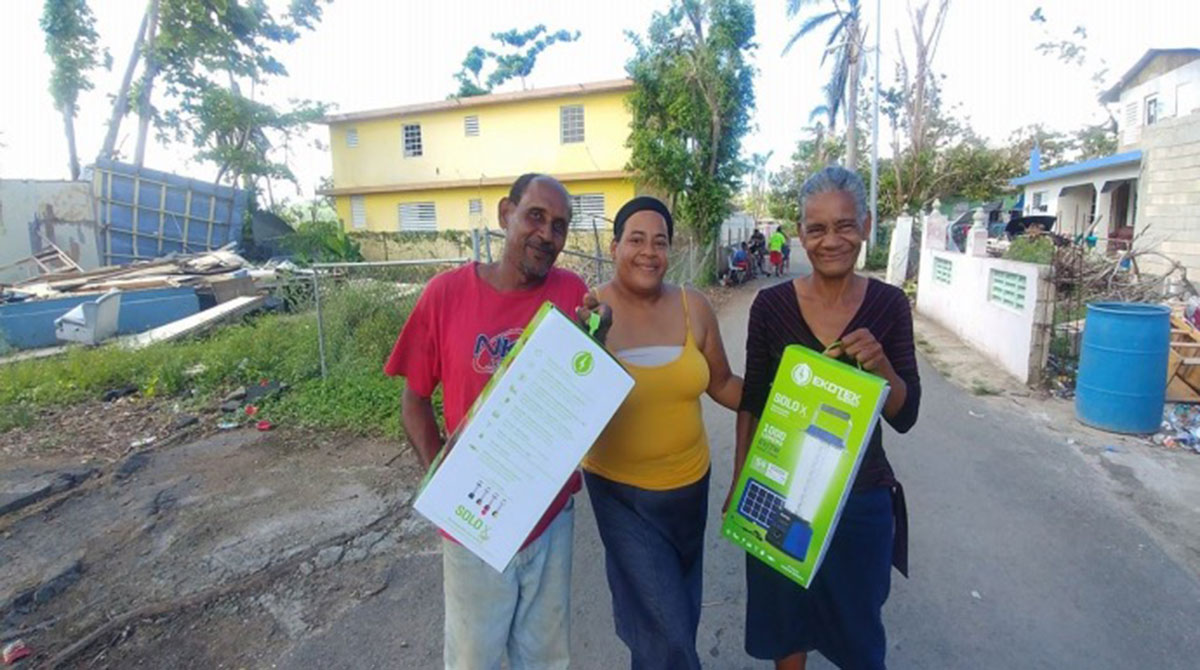
Solar Lights Distribution -- One of the main struggles in the island has been the lack of power after the hurricane. We distributed over 10,000 solar lanterns and lights to many areas of the island. We distributed the lights door to door in the Luquillo, Rio Grande, Ponce, Arecibo, and San Juan areas. We partnered with eight other groups in the distribution of solar lanterns. And we continue to distribute solar lanterns to ensure everyone in the island has access to a light source in case of future outages.
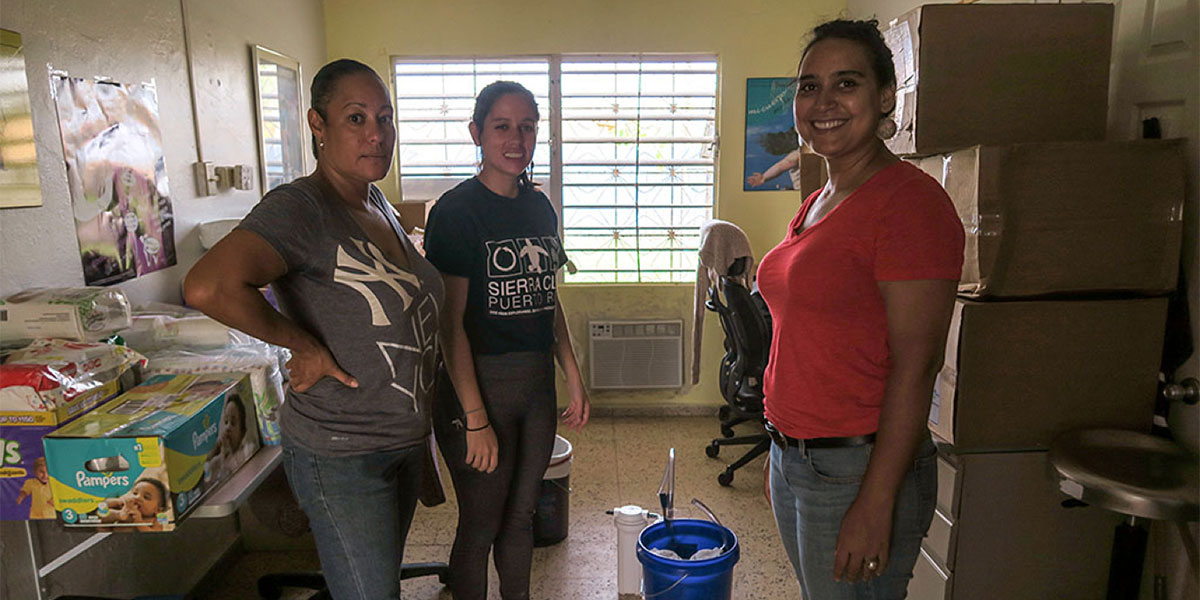
Distribution of water filters -- To address the issue of the lack of access to potable water and plastic bottle waste, the Sierra Club donated over 200 water filtration systems in communities. Many of these filters could serve ten families a day with 10 gallons of water.
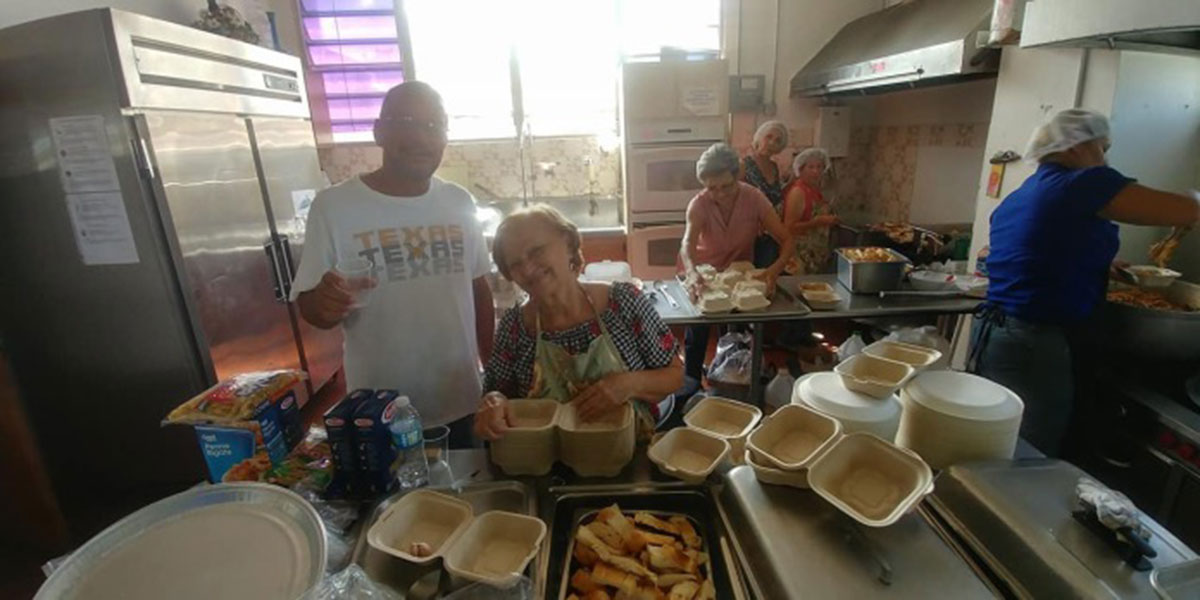
Compostables -- The hurricane highlighted the waste management issues on the island. To reduce the amount of waste generated due to emergency response, we distributed all of our warm meals in compostable containers. We also donated 3,000 compostable containers to the Evangelical Church in Rio Piedras, which was distributing warm meals to hundreds of people daily.
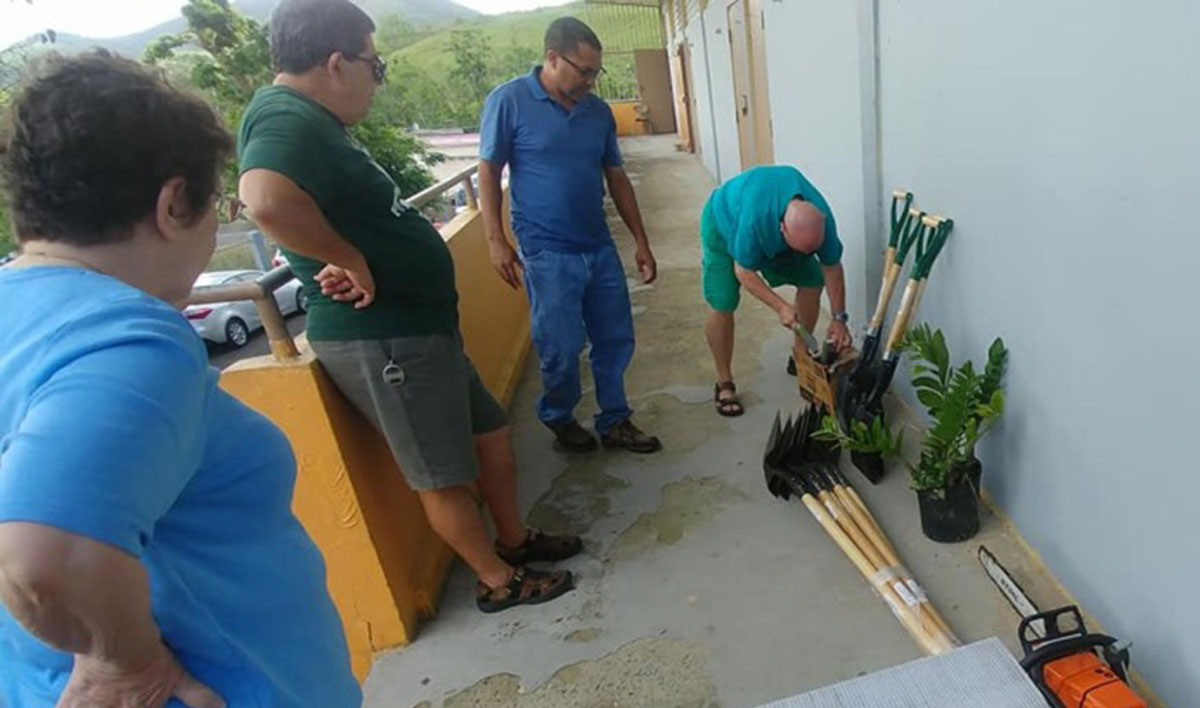
Materials Donations -- We donated equipment required to do recrontructions and debris clearing to partner groups. Through donations from the Port Authority of New Jersey we distributed shovels, chainsaws, tents, and leaf blowers. We also donated chainsaws and equipment to community groups in Humacao to do reconstructions in the Punta Santiago area. This picture is taken in Juan Martin Luquillo with CEN Coalition members receiving donated equipment.
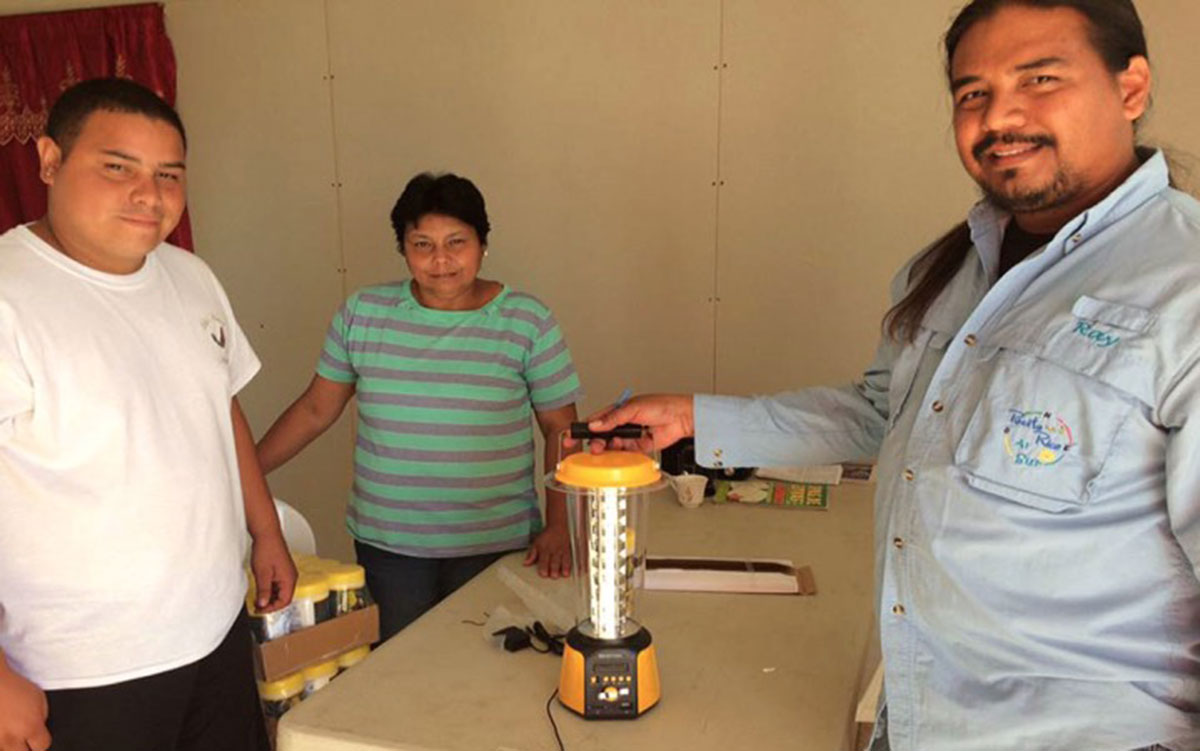
Granting -- Thanks to the fundraising efforts of the Sierra Club, we partnered with dozens of groups to distribute emergency relief grants to impact communities in the aftermath of the hurricane. Our granting process focused on supporting the recovery needs of communities and community partners while strengthening our partnerships with groups and creating opportunities for our campaigns to more deeply engage with communities.
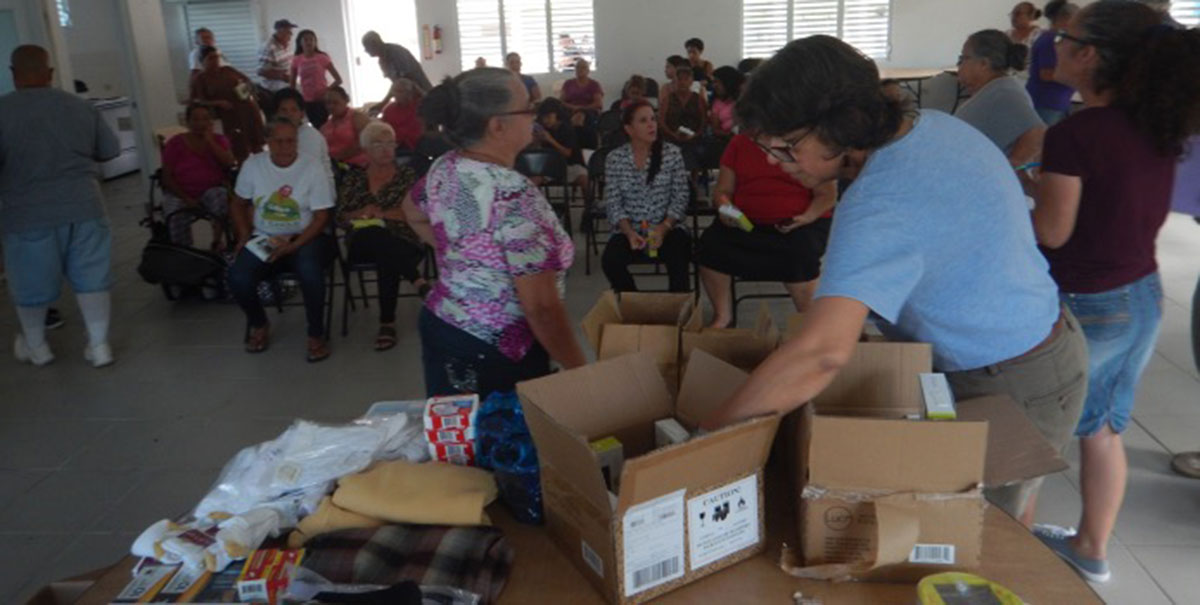
With our partnership grants we have been working to create sustainable community structures that create leadership opportunities. We have ensured that recovery work is done by community leaders and that we are providing tools for them to grow as leaders while supporting their communities.
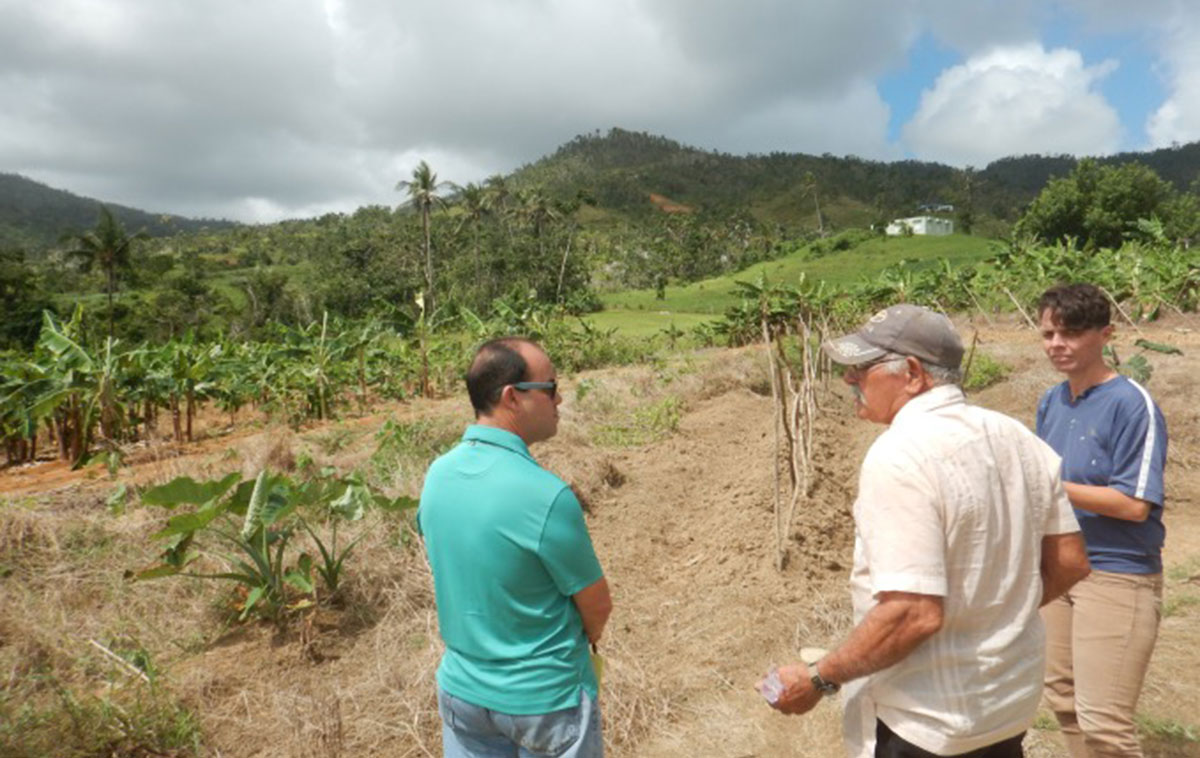
We are focused more on transforming our island rather than just rebuilding. By supporting local farmers and community economic structures, we are ensuring that we not only recover but create new spaces for the communities to grow.
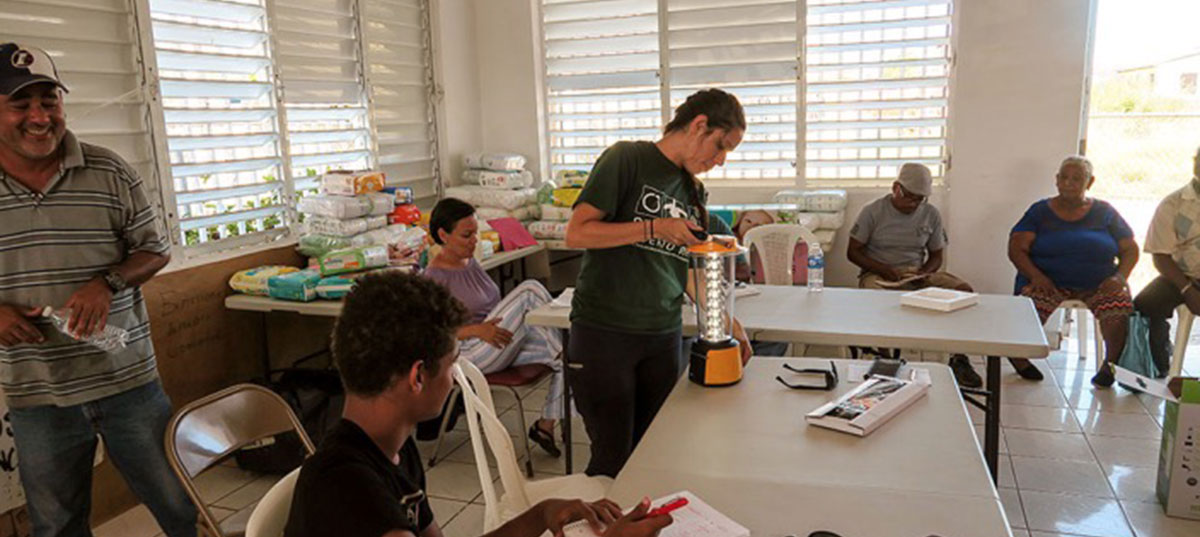
An important aspect of our work is that we want to ensure that communities not only have the leadership and economic stability to thrive but also social and physical infrastructures. And at the same time we’ve worked hard to strengthen the Sierra Club in Puerto Rico and our volunteer leaders' work.
Before the hurricane, we were facing the threat of a trash-burning incinerator proposed to be built in the town of Arecibo. The Sierra Club along with community groups, has worked to build a zero-waste island as an alternative to burning trash and dumping waste ash in our communities.
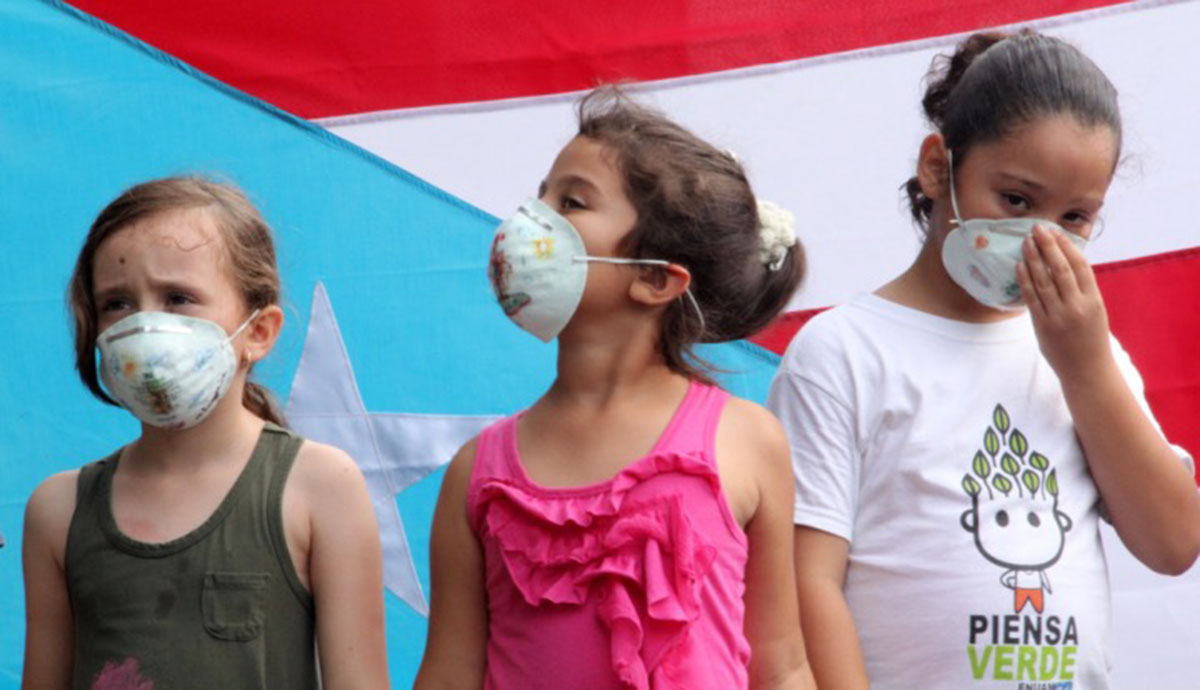
Kids have played a big role in the Sierra Club’s work in Puerto Rico. These children are protesting the potential air pollutions risks from incinerating trash.
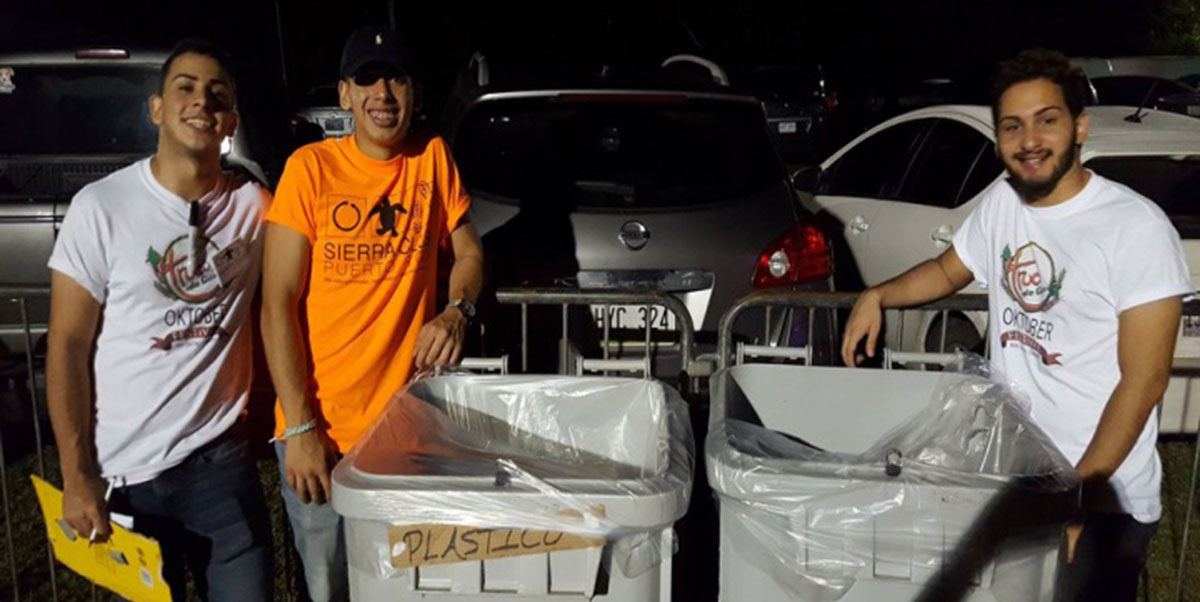
Our volunteers staff recycling stations at events throughout the island -- diverting hundreds of tons of waste from trash dumps. After the Hurricane waste continued to be a huge issue that worsened with proposals to incinerate organic material -- an idea we helped defeat.
The founding campaign of the Sierra Club’s Puerto Rico Chapter was to protect coastal ecosystems in the northeast part of the island from luxury hotel and golf course developments. Our work with the Coalition for the Northeast Ecological Corridor led to the protection of the area as a nature reserve in 2013. Despite its protected status, a little under half of the reserve’s lands are private and need to be purchased for conservation. Protecting coastal lands is more important that ever to the resilience of our island and ecosystem as we face worsening climate conditions and more extreme hurricanes.
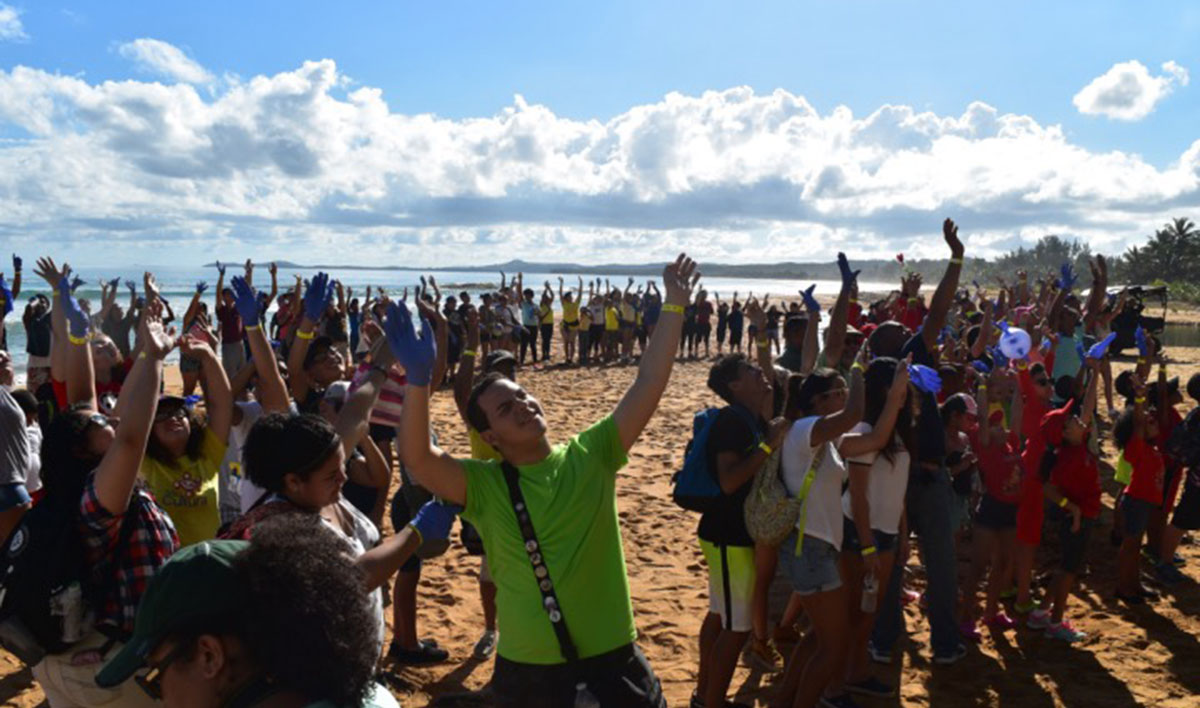
Here volunteers are holding their annual beach clean up preparing the area for leatherback turtle nesting season. The beaches of the Northeast Ecological Corridor are among the most important leatherback turtle nesting grounds in U.S. jurisdiction.
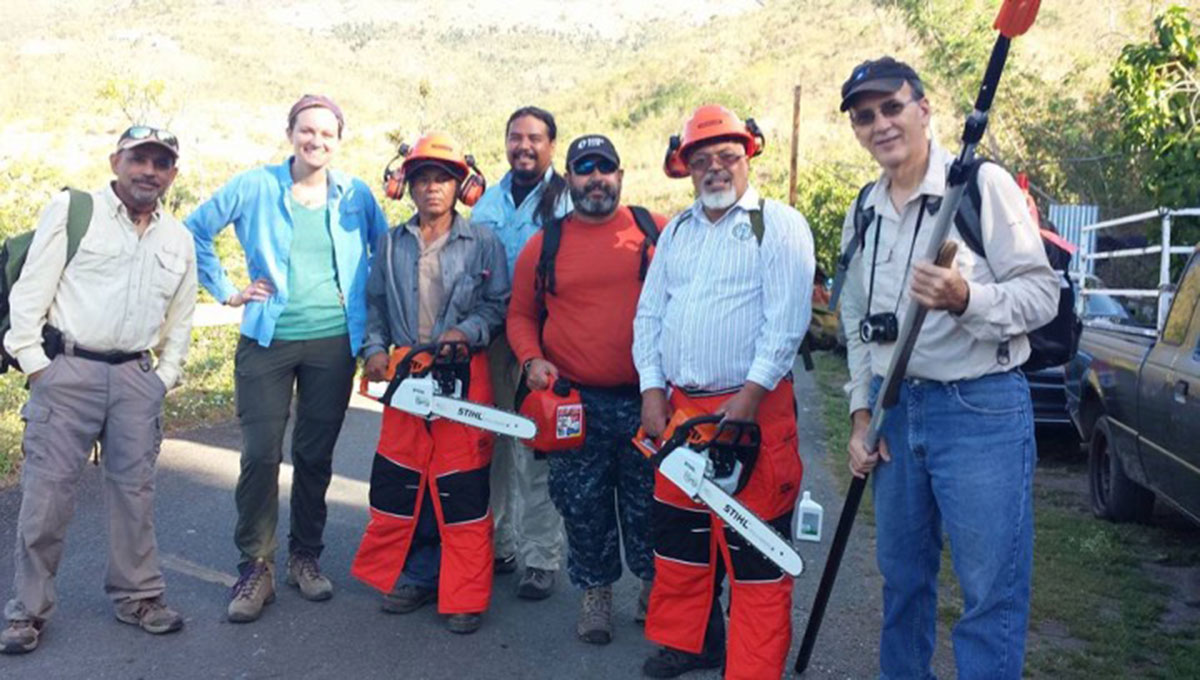
Natural areas in the island received a big hit with the hurricane, and local hiking trails disappeared. We have participated in the clearing and opening of hiking trails in different areas. As part of our relief donating efforts, we collaborated with the Luquillo fishermen to clear debris from the Northeast Ecological Corridor trails. We also collaborated in debris clearing in the Juan Martin Community Center. Working with the community group Puerto Rico al Sur, we supported the clearing of hiking areas in the Yeyesa natural area in Salinas. We worked with groups in Humacao to clear out kayaking trails in the Punta Santiago natural protected area.
The Sierra Club’s Puerto Rico Chapter has trained dozens of volunteer leaders who lead hundreds of outings to nature that have inspired thousands of Puerto Ricans to take action for the environment.
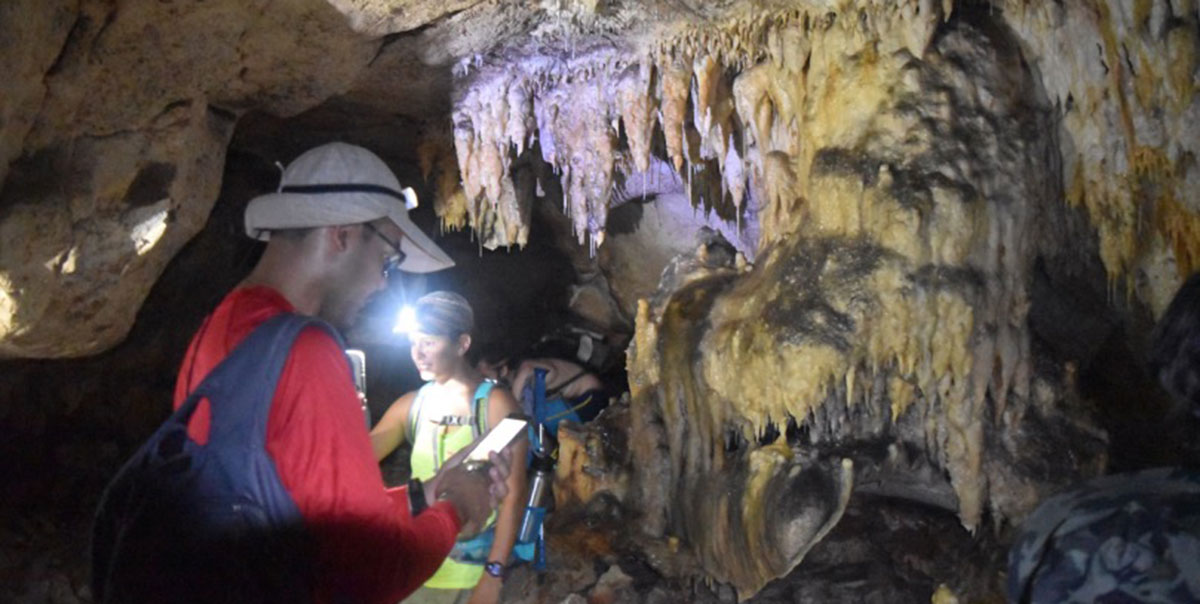
Here we are visiting a small Karstic island off the west coast of Puerto Rico called Mona.
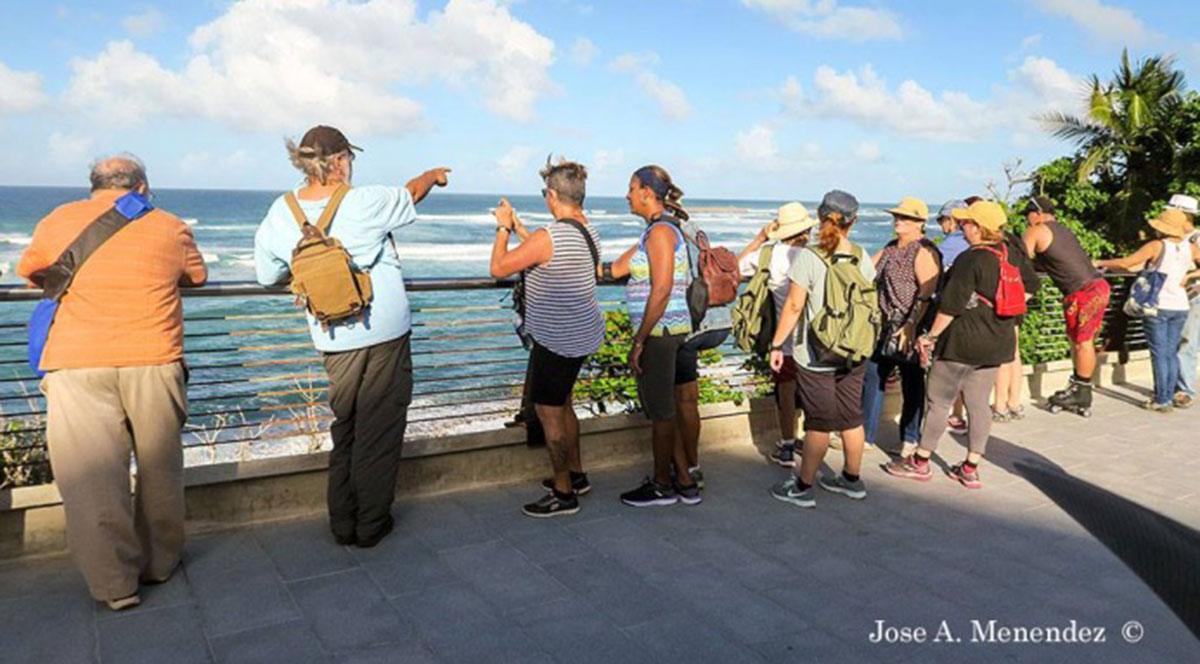
In January, after the hurricane, we restarted our outings program, providing recreational opportunities for people on the island. Since then we have had dozens of outings in different parts of the island involving participants throughout the Island.
Our island on the one hand is powered mostly by fossil fuels and on the other hand has faced a global-warming fueled hurricanes like we’ve never seen before. And now our island’s rebuilding is fraught with choices that give us more of the same or a new future that our children can thrive in.
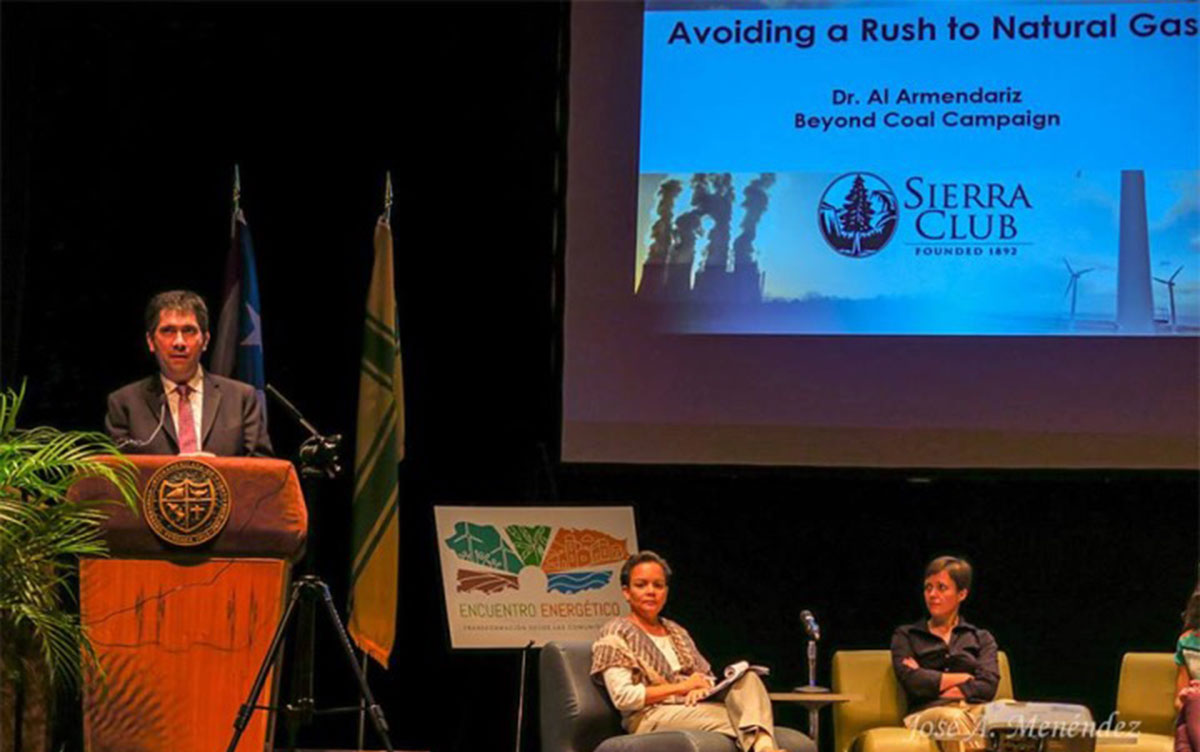
In December we hosted a conference on just such a path forward. We invited communities from Colombia, where the coal we burn for electricity on our island comes from, communities where coal ash from the island’s coal-fired plant was sent, and communities that live near the AES coal-fired plant to come up with brighter solutions for our island. We hope you will join us in our walk -- forward together.
What You Can Do
Support Sierra Club Puerto Rico and our Hurricane Maria recovery efforts. Just over a year after the devastating hurricane, we're working to rebuild -- and reimagine -- our Island, building a just, resilient and sustainable electric grid, protecting and promoting our coastal lands, and continuing our environmental justice efforts to create a zero waste Island of Enchantment. Your tax-deductible donation supports all of these efforts across Puerto Rico, and when you give today, your gift will be matched by the Dr. Paul H. Johanson Foundation, up to $100,000. Please help us take advantage of this opportunity and give what you can today.
